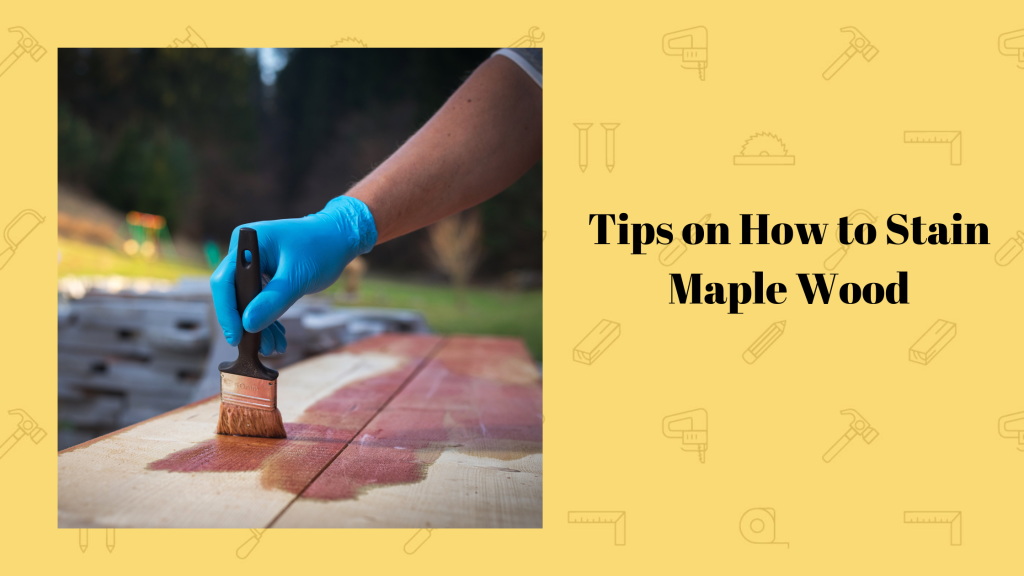What are the most essential guidelines to follow in the world of chainsaw milling, and how can you guarantee the best results?
Throughout this guide, I’ll break down that question in much the same way as our post on Japanese wood saws.
Over the past 20 years, I’ve worked to perfect my woodworking skills, including the art of cutting lumber with chainsaw mills, and that knowledge base will help me solve this question.
Keep reading to find out 5 of the best, most practical chainsaw milling methods!

What Is the Ideal Approach to Chainsaw Milling?
To start: How can you optimize your overall chainsaw mill workflow?
In my view, there are three main areas to keep in mind:
- Materials. This category involves not only tools like your chainsaw and guide rails, but also the cut of lumber you choose to mill. A cheap tool, or poorly chosen cut of wood, can dramatically reduce the quality of your results.
- Safety. I can’t emphasize this strongly enough: Chainsaw milling is a dangerous art! If you don’t remain vigilant about safety procedures, things can take a nasty turn very quickly.
- Process. There’s generally an efficient process to follow for milling that involves positioning the log, setting up guide rails, and cutting slabs. Don’t worry; I’ll cover this process in-depth later on!
Improving Chainsaw Milling with 5 Methods
Now, let’s dive into the heart of our chainsaw mill guide!
Here are 5 expert-approved techniques that can instantly improve your milling results:
1. Choosing the Right Equipment
Before you concern yourself with the actual sawing, it’s essential that you first ensure you have the proper equipment.
Though this can vary a bit between projects, there is a pretty consistent list of tools you’ll need:
- Chainsaw. No curve balls here! This is definitely not the tool you want to get thrifty with; a durable, powerful chainsaw can make all the difference for a milling project.
- Saw mill. A mill (sometimes generically called an Alaskan saw mill, though that’s actually a specific brand!) will help keep the wood slabs precise and consistent.
- Guide rails. These rails are only used for the first cut you’ll make to the log, but they are indispensable for getting a straight, level slice of lumber.
- Safety equipment. To keep from getting injured, I’ve found that a combination of a mask, safety glasses, gloves, and hearing protection does the trick.
If you’re still searching for a chainsaw, I’d suggest the Greenworks 40V Brushless saw on account of its robust safety features, efficient motor, and ease of use.

2. Selecting Quality Lumber
Once you’ve assembled your tools, the next key area is to choose the best lumber.
In practice, that means picking out the best sections of the wood you’re using.
Ideally, a log that will be used for chainsaw milling should have no knots, twists, or burns, as these blemishes can weaken the wood and create an unpleasant appearance.
Additionally, for milling, I recommend only using the top sections of trees.
In my milling projects, I’ve discovered that not only are these top sections generally much freer of branches and flawed features, but they also tend to make for stronger lumber.
3. Ensuring a Safe Workspace
Just prior to cutting, the most crucial step is to inspect your workspace and double check that you’ve taken the necessary safety precautions.
At minimum, I opt to put on a mask and leather chainsaw gloves, safety goggles, and protective earmuffs. These are usually enough to make me confident that I won’t experience serious injuries while working.
For a higher certainty of air quality, you may also want to wear a respirator-style mask.
If you’re looking for gloves, you can’t go wrong with a simple pair of Oregon Protective Safety Gloves.
4. Preparing the First Cut
In chainsaw milling, the first cut will determine the shape of all subsequent cuts. As you can imagine, that makes the initial sawing incredibly important.
To increase the likelihood of a successful first cut, millworkers use guide rails.
Fortunately, setting up guide rails is pretty simple: Position the log, level the guide rails, and then secure them in place with screws. I’ve had great success using lag screws, in particular, while milling.
After the guide rails are secure, you can take your portable mill saw and (carefully!) make the first cut.
It’s a good idea to check that the saw is steady and moving along the rails as you work.

5. Completing the Remaining Cuts
Finally, it’s time to start sawing the rest of the slabs.
For this step, the guide rails are no longer needed, since you’ll have the initial cut as the “prototype”, so to speak, for the rest of the cuts.
However, this step poses a new challenge: Determining slab thickness. This comes down to personal preference and use case, but somewhere around 2 and a half inches thick is a safe bet.
I’ve also noticed that the center (or pith) of the logs tends to split while drying, but I’ve been able to correct for this problem by cutting straight through the center during milling.
Once you have your slabs, you’ll need to let them dry, which is a frustratingly long process, usually taking well over a year.
Drying can be sped up somewhat by sealing the ends of the slabs and putting them in a dry space with a dehumidifier, but you’re still in for a wait!
Conclusion
And, we’ve reached the end of our chainsaw mill guide!
While details can vary from case to case, so long as you choose quality milling equipment and wood, focus on safety, and follow the most productive cutting steps, you’re likely to get excellent results.
Questions or comments? Make sure to let us know!
No matter how complex or intimidating it may seem, chainsaw milling can produce routinely impressive results if the right steps are followed.
*This post may contain affiliate links. Please see my disclosure to learn more.



